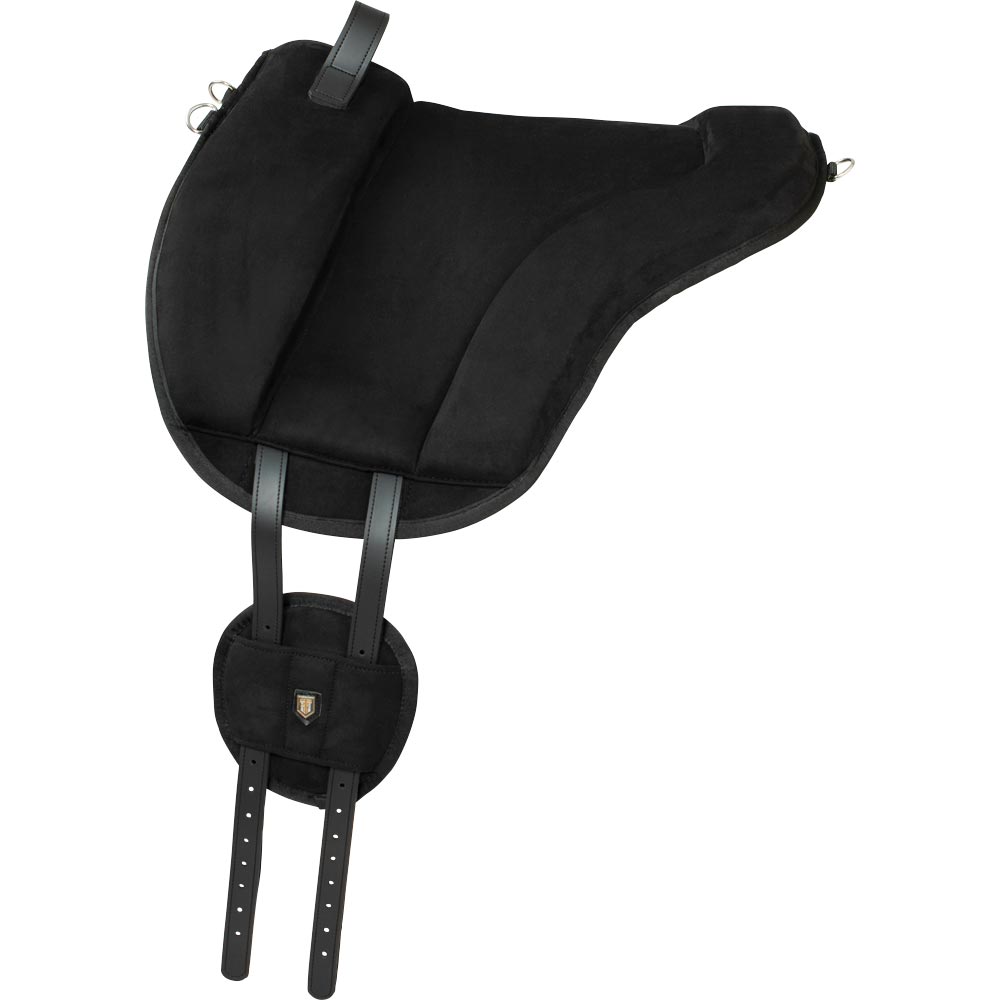How to Ride Bareback Safely

Riding bareback can be a rewarding and intimate experience with your horse, but it requires careful attention to safety and technique. This article will guide you through the essential steps and precautions to enjoy bareback riding safely.
What is Bareback Riding?
Bareback riding means riding a horse without a saddle. It allows for closer contact with the horse, improving balance and communication but also demands greater skill and awareness.
Benefits of Bareback Riding
- Enhances rider balance and posture
- Strengthens core muscles
- Improves rider-horse connection
- Convenient for quick rides or emergencies
Risks and Safety Concerns
Riding without a saddle increases the risk of slipping and falling. It requires good balance, proper posture, and awareness of the horse’s movements.
Essential Safety Tips for Bareback Riding
| Safety Tip | Description |
|---|---|
| Wear a Helmet | Always wear a certified riding helmet to protect your head in case of falls. |
| Use Proper Footwear | Wear boots with a heel to prevent your foot from slipping through the stirrup (if used). |
| Start on Calm Horses | Begin bareback riding on well-trained, calm horses to build confidence and control. |
| Mount Safely | Use a mounting block or assistance to get on the horse gently to avoid startling it. |
| Maintain Good Posture | Keep your back straight, heels down, and eyes forward to maintain balance. |
| Stay Relaxed and Balanced | Tension can cause imbalance; stay relaxed and follow the horse’s movements fluidly. |
Step-by-Step Guide to Riding Bareback
- Prepare Your Horse: Groom and check the horse’s back for any sores or sensitivity.
- Mount Carefully: Use a mounting block if possible; swing your leg over gently.
- Find Your Seat: Sit deep in the horse’s back, keeping your weight centered.
- Hold the Reins Properly: Use gentle contact to communicate without pulling harshly.
- Ride with Control: Start at a walk, progressing to trot or canter as you gain confidence.
- Dismount Safely: Stop the horse completely before dismounting carefully.
Additional Tips
- Practice bareback riding in a safe, enclosed area.
- Avoid riding bareback on rough terrain or in busy areas.
- Consider using a bareback pad for extra comfort and grip.
FAQ
Q: Is bareback riding suitable for beginners?
A: Beginners should start with experienced horses and under supervision to build balance and confidence.
Q: Can bareback riding harm the horse?
A: If done correctly, bareback riding does not harm the horse, but always check for any discomfort.
Q: What should I wear when riding bareback?
A: Wear a helmet, boots with heels, and comfortable clothing that allows freedom of movement.
Q: How can I improve my balance for bareback riding?
A: Practice exercises like yoga, pilates, or balance drills off the horse to strengthen core muscles.
Riding bareback safely combines skill, preparation, and respect for your horse. By following these guidelines, you can enjoy a closer connection and a rewarding riding experience.
